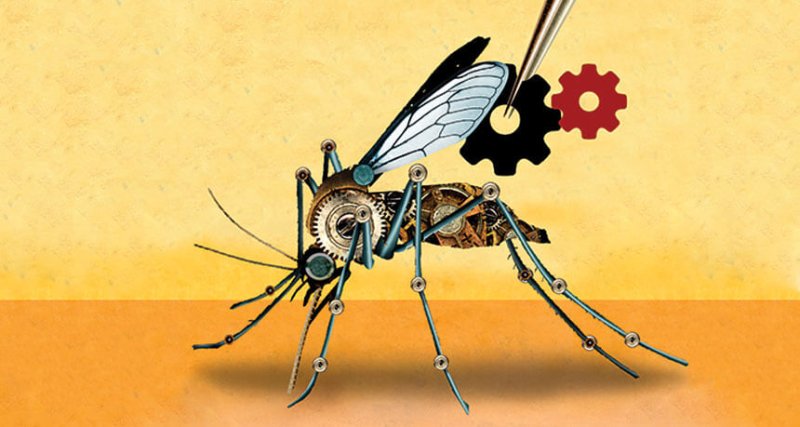Gene drives are a technology through which a few individual genetically engineered organisms would be deployed to intentionally push new genes through an entire population of a species in the wild or in a farm ecosystem. Through the gene drive mechanism, new genes would be inherited by all offspring in subsequent generations, not just the expected half in normal inheritance.
The overarching concern is that making such spreading genetic changes to an organism, or eliminating it in the wild, could disrupt whole ecosystems in ways that are difficult or impossible to predict or reverse. For example, the role of mosquitoes in ecosystems is not well understood and removing them may lead to unanticipated ecological impacts, including the possibility that the malaria parasite could jump host and another disease-carrying species could take their place. Because gene drives are living, evolving organisms, they will also mutate and change over time.
The need to be able to recall gene drives has led to theorizing controls such as “reverse gene drives.” However, such mechanisms only exist as mathematical models, and are accompanied by their own complex risks. Release of gene drives would most likely be irreversible.































